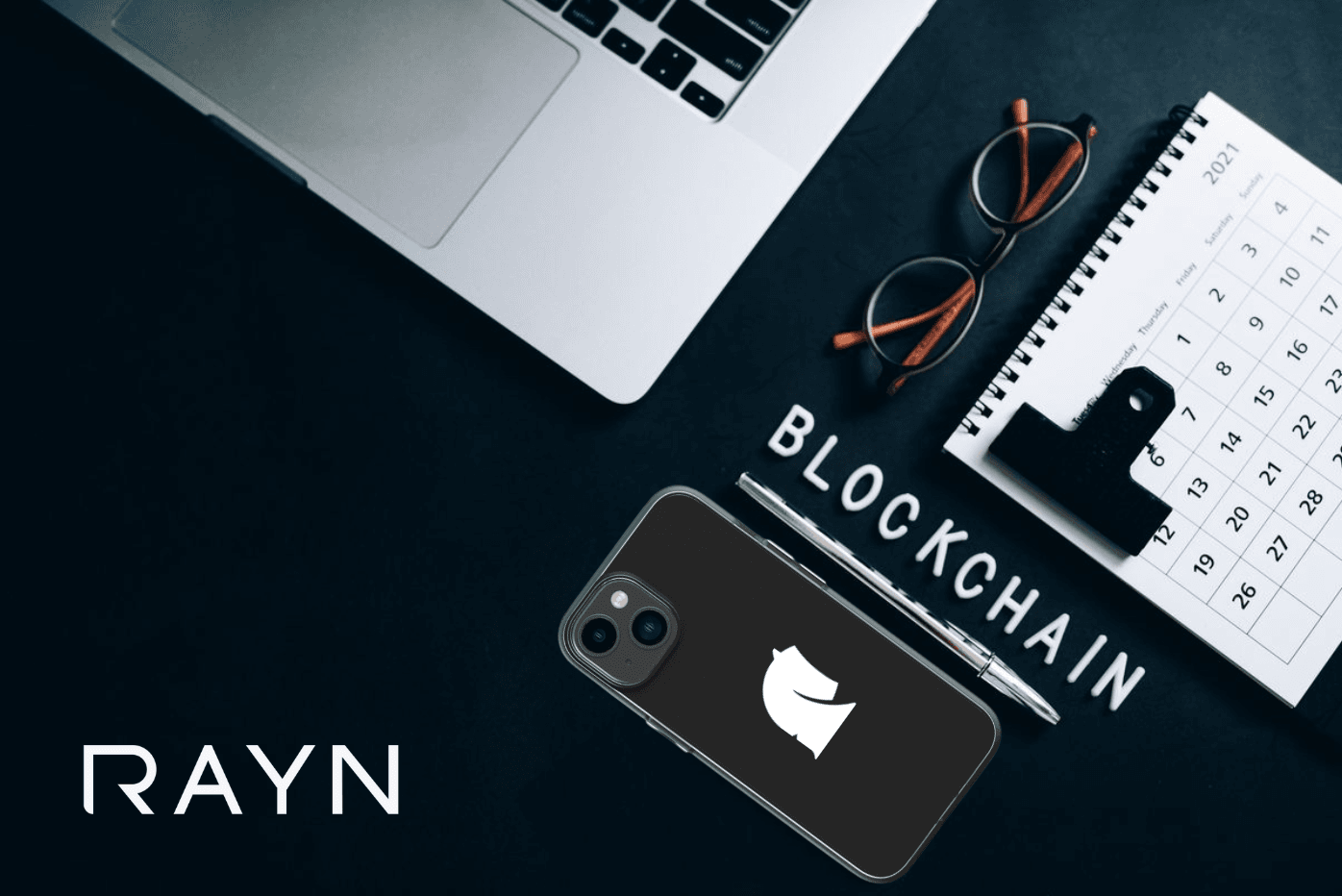Have you ever manually chosen between Azure and AWS when browsing X – or picked a payment processor to reroute your online Apple Pay transactions to? Do you check the SSL certificate of AliExpress or Amazon to make your shopping more secure?
Great technology is invisible. Steve Jobs had it right years ago when he called for prioritizing the intersection of technology and the humanities. Still, when it comes to blockchain, it is quite the opposite.
Lost in the debris of wallets, exchanges, bridges, tokens, and smart contracts, Web3 seems to be wandering in circles, retracing its steps. In an endeavor to innovate, it’s missing the opportunity to address the fundamental needs of consumer experience: ease of use, reliability, intuitiveness, and seamlessness.
Technology-wise, blockchain has advanced sufficiently; it’s time to build a convenient application layer.
Poor UX Causing Retention Drop
According to a recent report by Sequoia Capital, the median one-month retention rate of incumbent tech apps is 63%. Ethereum dApps barely make it above 16%.
To those who pay attention to UX research, it is hardly surprising. Blockchain users are consistently less satisfied than their off-chain counterparts, with only a third of dApp activities completed in less than ten minutes and negative reviews constituting a majority for Web3 applications on the App Store. Nearly 90% of consumers abandon mobile apps because of a poor user experience. Yes, a small segment of your audience may prioritize decentralization and Web3 ethics, but generally, speed, ease, affordability, straightforwardness, and intuitive interfaces come first.
A slew of layer-2 solutions like optimistic rollups or zero-knowledge validity proofs attempt to tackle scalability concerns, extracting value from transaction ordering, fluctuating transaction costs, and slow execution times. This is an important advancement regarding the technical illnesses of blockchain. Still, implementing layer-2 blockchains doesn’t fully solve the problem’s other application layer-related elements. User-centric dApps are few and far between, which is a severe blow to the ecosystem.
While a blockchain fan might be persuaded that the ends justify the means, an average user with no technical background will likely discard the technology should they struggle with the interface. Otherwise, centralized exchanges wouldn’t have dominated the industry – why open a custodial wallet if you have cold ledgers, private keys, and peer-to-peer or decentralized alternatives with more sovereignty and security, especially post-FTX?
And yet, centralized exchanges currently account for 91.4% of spot trading volume and almost 98%, including derivatives, meaning that the average consumer values usability more than security.
Add to this a steep learning curve, a need for intuitive and thorough introductory guides, and various possible failure scenarios, and it becomes clear where the skepticism toward blockchain stems from. For instance, Robinhood, one of the most popular trading apps in the US, doesn’t support USDT but allows opening USDC wallets and sending Tether to exchange-held accounts, which is not available to ordinary users.
However, a less-adept customer will figure out the difference between the stablecoins only on page 3 of the FAQ – after their funds are already irrevocably burned. While developers may advance new scientific frontiers in zero-knowledge proofs, this will unlikely persuade such a user to continue dealing with crypto.
Building from the Ground Up: A User-Driven Blueprint
The industry craves a slow, evolutionary approach over revolutionary shifts. We need a vertical separation or developers’ focus on the blockchain application layer. Providing a better solution to a smaller problem is a healthier approach than providing a weaker solution to a larger problem.
For instance, a modular approach to system design can promote the independent development of blockchain components without compromising the overall ecosystem’s stability. Responsive validity proof (a combination of optimistic rollups and ZK validity proofs) reduces cost barriers. It increases time efficiency, while a decentralized sequencer network ensures fairness and scalability in transaction execution. All of these consumer-targeting technologies already exist – yet, they are implemented only by a few projects.
Web3 has long secluded itself into solving problems within a narrow audience of crypto enthusiasts; now is the right time to adopt a different vision and bolster visionaries and innovators to bring its application to real-life problems rather than self-imposed financial challenges. Blockchain is a powerful tool – we just need to make it more approachable.
Source : CryptoSlate / Jan 30, 2024
